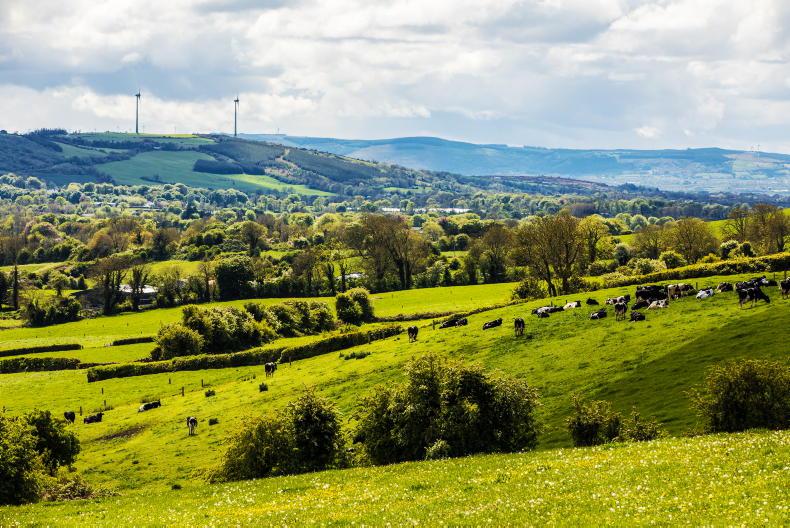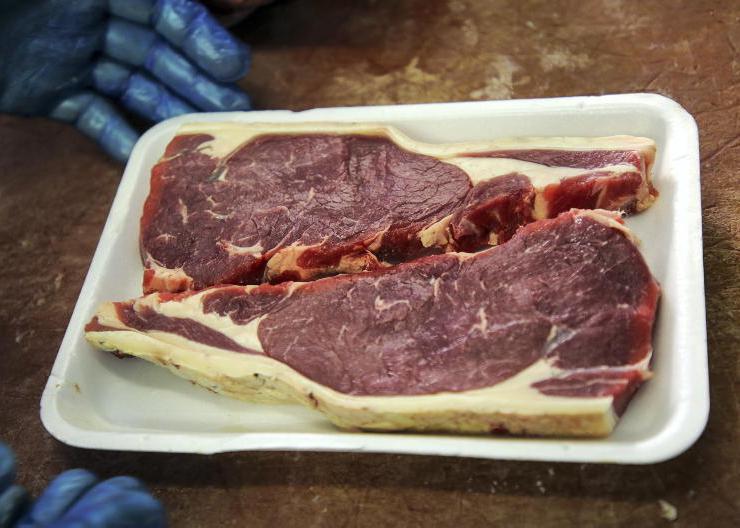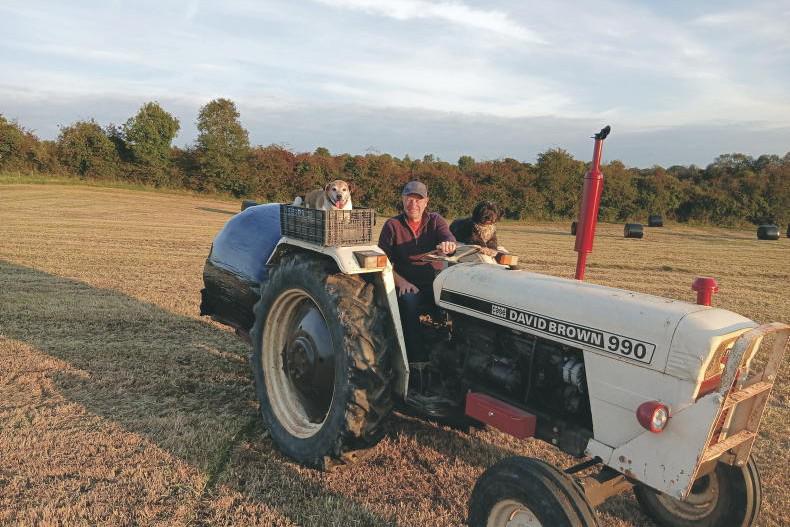I can still remember the school desk heaving under the weight of the rushes. During your childhood days, you don’t really realise the effort of how things come about. I suspect one of our teachers spent days collecting those rushes by hand, determined to keep a tradition alive for 30 young girls.
I recall being immersed in the rhythmic folding and intersecting, the concentration of it all to make that vibrant green St Brigid’s Day cross. I’m determined to keep the tradition alive with my own children.
Although the crosses are part of our heritage, let’s be honest, for a long time Brigid really was the warm-up act for the main man himself, St Patrick, arriving in a blaze of glory to every parade around the country. In our age of equality though, she finally was awarded the spotlight last year with her very first bank holiday. It may not be much of a holiday if the cows are calving but it’s a relief to the January blues, all the same.
Brigid 1500
Although last year got many excited with an extra day off work or school, this year heralds the real celebration of our matron saint. Brigid 1500 is a programme marking her life and legacy, 1,500 years since her death in 524AD. Events are taking place across the country, as detailed in recent weeks in Irish Country Living, but of course, it is in Kildare where she is most celebrated. Driving down the M7, you’ll see the Naas Ball adorned in a white cloak.
Although many of us learned about St Brigid at school, these celebrations encouraged me to do a catch-up history lesson. The first of February coincides with the pagan festival of Imbolc and the arrival of warmer, longer days. It is the start of the busy season on farms and accounts show that Brigid was a farmer’s daughter and, from an early age, was involved in dairying, taking care of cows and calves and making butter. Therefore, she is often portrayed with a cow or bucket of milk.
It is the start of the busy season on farms and accounts show that Brigid was a farmer’s daughter and, from an early age, was involved in dairying, taking care of cows and calves and making butter
While the cross is a symbol of protection, another tradition is the Brigid’s blanket. A blanket is placed outside on the sunset of the eve of St Brigid’s Day and brought inside before sunrise. It is believed the dew that falls on the blanket overnight has healing and protective powers, and so is kept in a safe place throughout the year and taken out when healing is needed.
Assisting women in childbirth is one such example as well as healing sick animals, especially cows and sheep, and so St Brigid is known as the saint of healers and midwifery. Furthermore, she is known as a peacemaker and an icon for feminine strength and leadership.
To that affect, there is a theme of female leadership running through this week’s paper. Alice Doyle is featured on our front cover. It’s been less than two months since she was elected the first female deputy president of the IFA and she takes us on her journey from the farmgate to the podium. Sarah McIntosh has an interesting feature on women furthering their careers through apprenticeships.
Ever wondered what crops were grown 1500 years ago? Check out Janine Kennedy’s piece about how the crops of the past could be the future for food security.
For more on St Brigid, Dee Laffan has a piece on The Book of Kildare. Finally, book lovers, Leo Powell is a man who lives and breathes books and we hope you’ll be inspired by his monthly picks.









SHARING OPTIONS